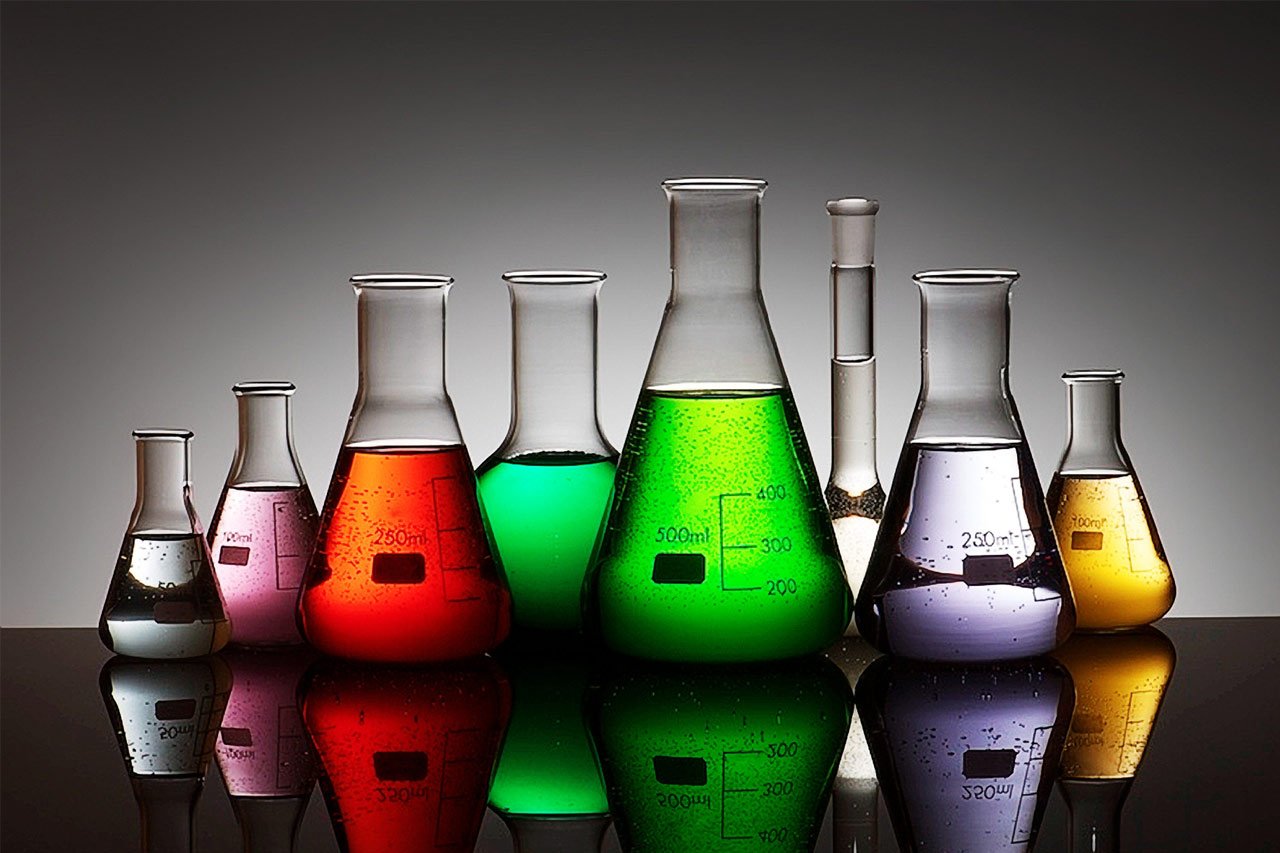Identifying Harmful Chemicals: A Guide To Human Health Risks
Introduction
In our modern society, an estimated 8 000 000 chemicals are used routinely. More than 70 000 are employed in various industry sectors, and thousands are synthesised each year. Although most chemicals are useful, many pose health risks during manufacture, use, storage, and transport. Catastrophic accidents cannot be ruled out; therefore, understanding the harmful impacts of toxic chemicals is essential. This guide, updated on 27/12/2023, identifies the chemicals with the highest risks and provides factual information to manage these risks effectively.
Metal and Metalloid Toxins
Among numerous hazardous substances, common metals and metalloids such as lead, mercury, manganese, nickel, beryllium, arsenic and phosphorus and their compounds present significant health hazards. These elements accumulate in the human body and may cause chronic poisoning. Lead and mercury are known to affect the nervous system, particularly in children, resulting in cognitive impairments and developmental delays. Arsenic exposure can cause skin lesions, cancer, cardiovascular diseases, and diabetes. Given that these substances occur widely in the environment, strict legal controls and proactive personal protective measures are necessary in relevant sectors.
Irritant Gases
The chemical industry uses irritant gases such as chlorine, ammonia, nitrogen oxides, hydrogen fluoride, sulphur dioxide, sulphur trioxide and dimethyl sulphate. These gases affect the eyes and respiratory system. They may cause effects ranging from mild irritation to severe respiratory distress. For example, chlorine can cause acute breathing difficulties and may cause chronic problems with extended exposure. Ammonia exposure can provoke eye irritation, throat discomfort, and lung damage. Understanding the properties and health effects of these gases is necessary to establish effective workplace safety protocols, thereby reducing exposure risks.
Asphyxiant Gases
Asphyxiant gases represent a serious safety hazard because they reduce the availability of oxygen. They are classified into three groups. Pure asphyxiants such as nitrogen and methane displace oxygen in the environment. Blood asphyxiants such as carbon monoxide and hydrogen cyanide inhibit oxygen transport in the body. Cellular asphyxiants such as hydrogen sulphide impair oxygen utilisation in cells. Carbon monoxide is colourless and odourless; consequently, its presence may not be detected until symptoms are severe. Recognising environments that may contain these gases is necessary for preventing fatal exposures in confined spaces and industrial settings.
Pesticides
Pesticides, including insecticides, fungicides, and herbicides, play an important role in agriculture but can result in significant poisoning risks if mishandled. Incorrect practices during manufacture, transport, use, or storage may lead to acute poisoning incidents and long-term health issues. Organophosphates, a common class of insecticides, may cause neurological damage and have been associated with long-term psychological problems. Adequate training of personnel, the use of appropriate protective equipment, and strict adherence to regulations are essential for minimising the health risks linked to pesticide use.

Harmful Organic Compounds
Organic compounds are used widely in both industry and households, although many pose significant health risks. Solvents such as xylene, carbon disulphide, and acetone are used in production processes and are highly toxic. Xylene affects the central nervous system and may cause symptoms such as headaches, dizziness, and severe neurological damage. Carbon disulphide has been associated with neurotoxic effects and may contribute to psychiatric disorders in workers exposed to high concentrations. When ingested, methanol is converted into formic acid and formaldehyde, which may cause blindness and death in high doses. Appropriate handling, including good ventilation and the use of personal protective equipment, is required to prevent adverse health outcomes.
Hazardous Macromolecular Compounds
Macromolecular compounds such as plastics are generally not toxic, although their processing may release harmful monomers. For example, heating phenolic resins may release phenol and formaldehyde. Both compounds are irritants and have been linked to cancer. High formaldehyde concentrations are associated with cancers in the nasal cavity and throat. Another example is Polytetrafluoroethylene (PTFE), commonly known as Teflon. When PTFE decomposes at high temperatures, it releases toxic gases that result in polymer fume fever, a temporary acute illness. Appropriate workplace hygiene and controlled exposure during production are necessary to protect labour health.
Conclusion
The chemicals discussed here represent only a snapshot of the potential hazards present in various industries and environments. To develop effective safety protocols and preventative measures, it is necessary to understand which chemicals are harmful and how they affect human health. Regular updates and continuous education in chemical safety are essential for those handling these substances, particularly in sectors that adopt new chemical applications and discoveries. By remaining informed and vigilant, workers and safety professionals can prevent negative health impacts that result from exposure to hazardous chemicals.

 Bars
Bars
 Beads & Spheres
Beads & Spheres
 Bolts & Nuts
Bolts & Nuts
 Crucibles
Crucibles
 Discs
Discs
 Fibers & Fabrics
Fibers & Fabrics
 Films
Films
 Flake
Flake
 Foams
Foams
 Foil
Foil
 Granules
Granules
 Honeycombs
Honeycombs
 Ink
Ink
 Laminate
Laminate
 Lumps
Lumps
 Meshes
Meshes
 Metallised Film
Metallised Film
 Plate
Plate
 Powders
Powders
 Rod
Rod
 Sheets
Sheets
 Single Crystals
Single Crystals
 Sputtering Target
Sputtering Target
 Tubes
Tubes
 Washer
Washer
 Wires
Wires
 Converters & Calculators
Converters & Calculators
 Write for Us
Write for Us


 Chin Trento
Chin Trento



